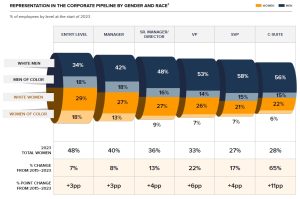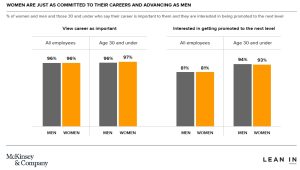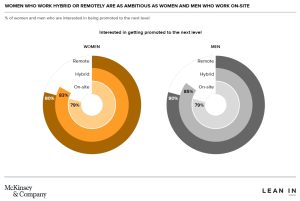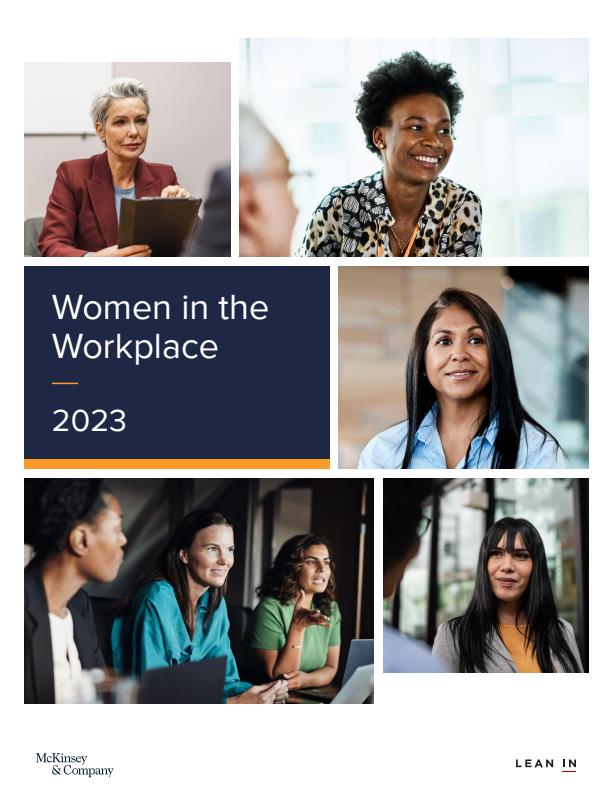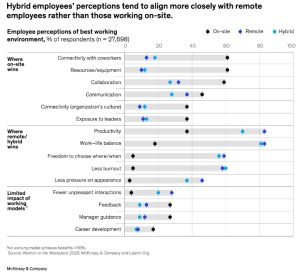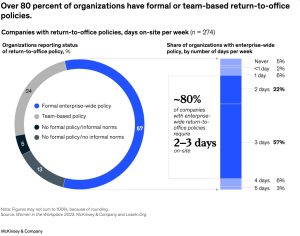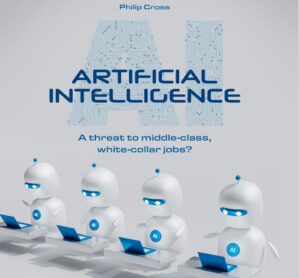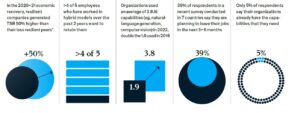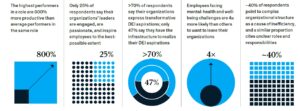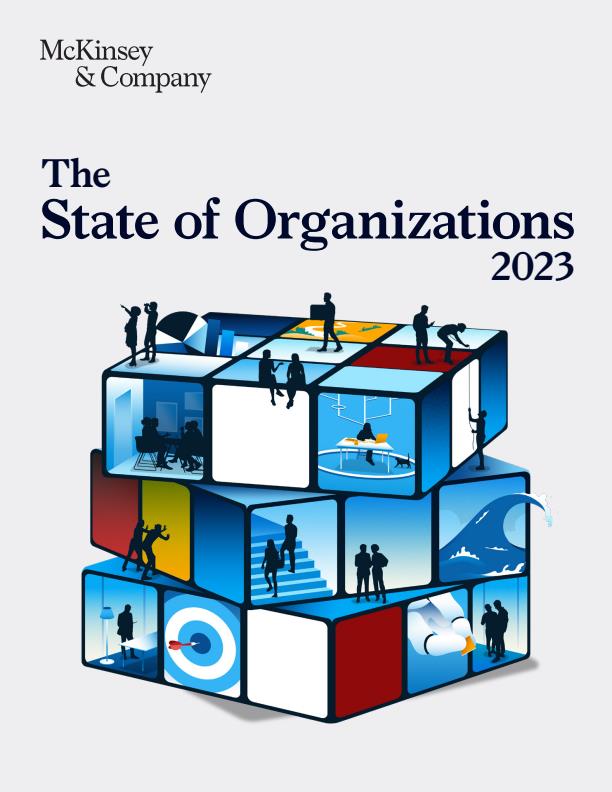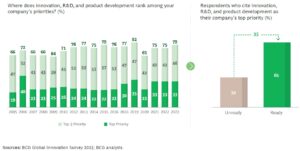- From 1 to 4 May ATINER successfully organized its Annual academic meetings (Sociology, Business Law & Economics, Ethics, Health & Medical Sciences, Nursing and Pharmaceutical conferences) in 9 Chalkokonidli str., Athens, Greece.
- On Monday 1 May 2023, 18:00-20:30, a Round-Table Discussion on “The Post Pandemic World: Learning from Country Experiences was organized as part of the conferences. More information can be found at: https://www.atiner.gr/events/1May2023.pdf
- On Monday 8 May 2023, 14:00-15:00, ATINER is organizing a Round-Table Discussion on “ Challenges for Mass Media and Communication: How to Cover Wars, Pandemics and Sports”. More information can be found at: https://www.atiner.gr/events/8May2023.pdf
- On Tuesday 9 May 2023, 12:30-14:30, ATINER is organizing a Round-Table Discussion on “The Turkish Elections of 2023: National and International Facets”. More information can be found at: https://www.atiner.gr/events/9May2023.pdf
- On Monday 15 May 2023, 18:00-20:00, ATINER is organizing a Round-Table Discussion on “ Teaching and Researching in the Post Pandemic World: Learning from Country Experiences”. More information can be found at: https://www.atiner.gr/events/15May2023.pdf
Publications Uploaded This Month
Events with a May Deadline
26-29 June 2023
- 21st Annual International Conference on Management
Academic Member Responsible for the Conference:
Dr. Sharon Claire Bolton, Vice President of Research and Head, Management Unit, ATINER & Emeritus Professor, The Management School, University of Stirling, Scotland.
- 21st Annual International Conference on Marketing
Academic Member Responsible for the Conference:
Dr. Cleopatra Veloutsou, Head, Marketing Unit, ATINER & Professor of Brand Management, University of Glasgow.
- 18th Annual International Symposium on Economic Theory, Policy & Application
Academic Members Responsible for the Conference:
Dr. Gregory T. Papanikos, President, ATINER.
Dr. Christos Sakellariou, Vice President of Finance, ATINER & Associate Professor of Economics, Nanyang Technological University, Singapore.
Dr. Henry Thompson, Head, Economics Unit, ATINER & Emeritus Professor, Auburn University, USA.
- 17th Annual International Conference on Statistics: Teaching, Theory & Applications
Academic Member Responsible for the Conference:
Dr. Timothy M. Young, Director, Center for Data Science (CDS), Emeritus Professor, The University of Tennessee, USA & CEO and President, T.M. Young Institute, LLC, USA.
- 17th Annual International Conference on Mathematics: Teaching, Theory & Applications
Academic Member Responsible for the Conference:
Dr. Codruta Simona Stoica, Head, Mathematics & Statistics Unit & Professor and Vice-Rector, Aurel Vlaicu University of Arad, Romania.
Abstract Deadline: 16 May 2023
3-6 July 2023
- 21st Annual International Conference on Finance
Academic Member Responsible for the Conference:
Dr. Peter Koveos, Head, Finance Unit, ATINER & Professor of Finance, Syracuse University, USA.
- 21st Annual International Conference on Accounting
Academic Members Responsible for the Conference:
Dr. Nicholas Marudas, Head, Accounting Unit, ATINER & Associate Professor, Mercer University, USA.
Dr. Peter Koveos, Head, Finance Unit, ATINER & Professor of Finance, Syracuse University, USA.
- 16th Annual International Conference on Languages & Linguistics
Academic Member Responsible for the Conference:
Dr. Valia Spiliotopoulos, Head, Languages & Linguistics Unit, ATINER & Instructor, Department of Language and Literacy Education, The University of British Columbia, Canada.
- 13th Annual International Conference on Architecture
Academic Members Responsible for the Conference:
Dr. Nicholas N. Patricios, Vice President of Strategic Planning & Analysis, ATINER, Dean Emeritus & Professor, School of Architecture, University of Miami, USA.
Dr. Clara Germana Gonçalves, Head, Architecture Unit, ATINER & Researcher, CITAD (Centro de Investigação em Território, Arquitectura e Design), Lusíada University and Invited Assistant Professor, Lisbon School of Architecture, University of Lisbon, Portugal.
- 7th Annual International Symposium on “Higher Education in a Global World”
Academic Members Responsible for the Conference:
Dr. Nick Linardopoulos, Head, Education Unit, ATINER & Associate Teaching Professor & Public Speaking Course Coordinator, Rutgers University, USA.
Dr. John Spiridakis, Co-Editor, Athens Journal of Education & Interim Chair and Professor, St. John University, USA.
Abstract Deadline: 23 May 2023
10-13 July 2023
- 20th Annual International Conference on Law
Academic Member Responsible for the Conference:
Dr. David A. Frenkel, LL.D., Adv., FRSPH(UK), Head, Law Research Unit, ATINER & Emeritus Professor, Law Area, Guilford Glazer Faculty of Business and Management, Ben-Gurion University of the Negev, Beer-Sheva, Israel.
- 18th Annual International Symposium on Environment
Academic Member Responsible for the Conference:
Dr. Nadhir Al-Ansari, Head, Environment Unit, ATINER & Professor, Lulea University of Technology, Sweden.
- 11th Annual International Conference on Ecology, Ecosystems and Climate Change
Academic Member Responsible for the Conference:
Dr. Timothy M. Young, Head, Agriculture Unit, ATINER, Emeritus Professor, The University of Tennessee, USA & CEO and President, T.M. Young Institute, LLC, USA.
- 11th Annual International Forum on Water
Academic Member Responsible for the Conference:
Dr. Timothy M. Young, Director, Center for Data Science (CDS), Emeritus Professor, The University of Tennessee, USA & CEO and President, T.M. Young Institute, LLC, USA.
- 10thAnnual International Conference on Geology and Earth Science
Academic Member Responsible for the Conference:
Dr. Haiduke Sarafian, Head, Natural Sciences Unit, ATINER & Professor of Physics and Endowed Chair of John T. and Paige S. Smith Professor of Science, Pennsylvania State University, USA.
- 7th Annual International Symposium on Animal Science & Zoology
Academic Member Responsible for the Conference:
Dr. Timothy M. Young, Head, Agriculture Unit, ATINER, Emeritus Professor, The University of Tennessee, USA & CEO and President, T.M. Young Institute, LLC, USA.
Abstract Deadline: 30 May 2023 |
